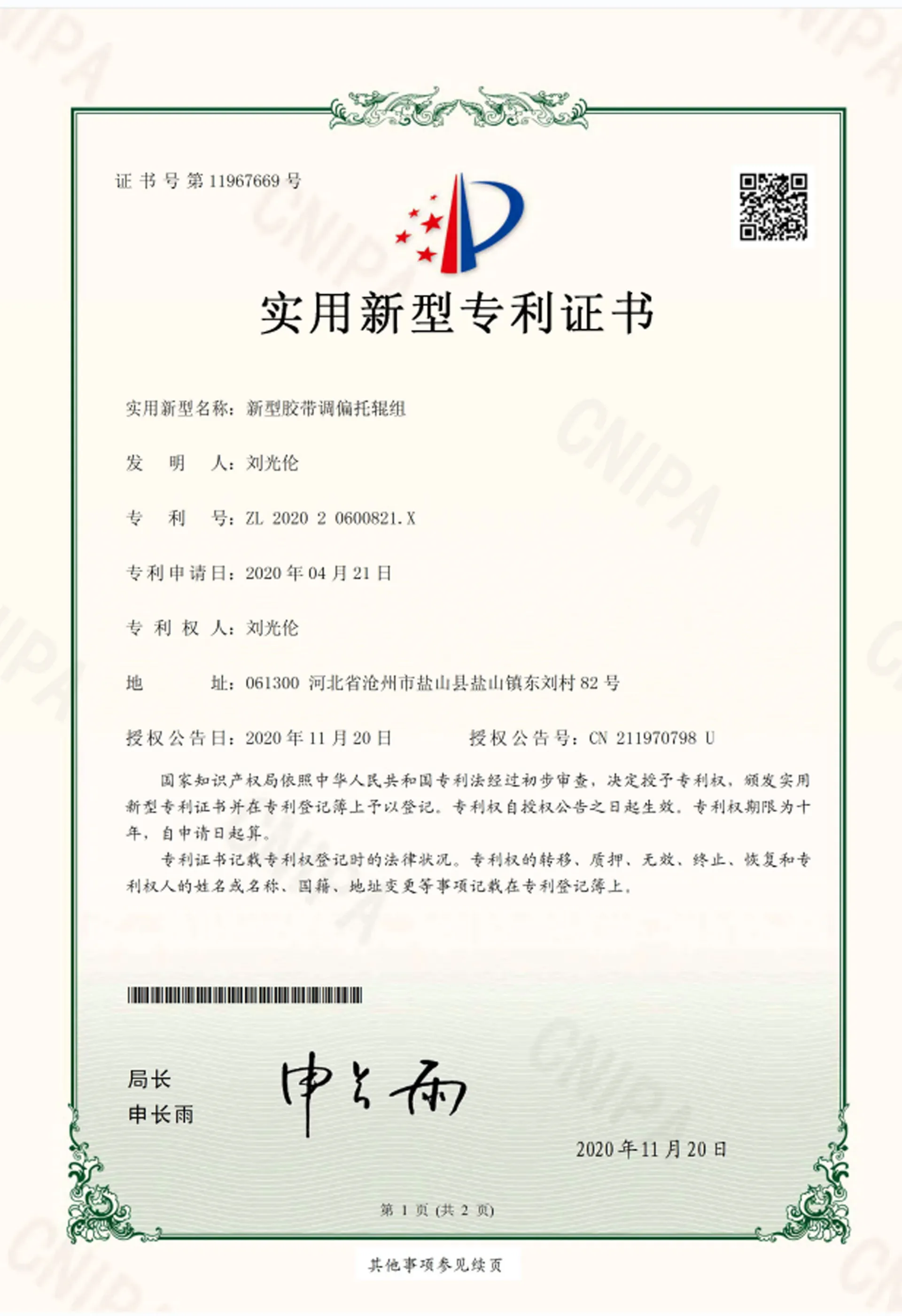 Afrikaans
Afrikaans  Albanian
Albanian  Amharic
Amharic  Arabic
Arabic  Armenian
Armenian  Azerbaijani
Azerbaijani  Basque
Basque  Belarusian
Belarusian  Bengali
Bengali  Bosnian
Bosnian  Bulgarian
Bulgarian  Catalan
Catalan  Cebuano
Cebuano  Corsican
Corsican  Croatian
Croatian  Czech
Czech  Danish
Danish  Dutch
Dutch  English
English  Esperanto
Esperanto  Estonian
Estonian  Finnish
Finnish  French
French  Frisian
Frisian  Galician
Galician  Georgian
Georgian  German
German  Greek
Greek  Gujarati
Gujarati  Haitian Creole
Haitian Creole  hausa
hausa  hawaiian
hawaiian  Hebrew
Hebrew  Hindi
Hindi  Miao
Miao  Hungarian
Hungarian  Icelandic
Icelandic  igbo
igbo  Indonesian
Indonesian  irish
irish  Italian
Italian  Japanese
Japanese  Javanese
Javanese  Kannada
Kannada  kazakh
kazakh  Khmer
Khmer  Rwandese
Rwandese  Korean
Korean  Kurdish
Kurdish  Kyrgyz
Kyrgyz  Lao
Lao  Latin
Latin  Latvian
Latvian  Lithuanian
Lithuanian  Luxembourgish
Luxembourgish  Macedonian
Macedonian  Malgashi
Malgashi  Malay
Malay  Malayalam
Malayalam  Maltese
Maltese  Maori
Maori  Marathi
Marathi  Mongolian
Mongolian  Myanmar
Myanmar  Nepali
Nepali  Norwegian
Norwegian  Norwegian
Norwegian  Occitan
Occitan  Pashto
Pashto  Persian
Persian  Polish
Polish  Portuguese
Portuguese  Punjabi
Punjabi  Romanian
Romanian  Russian
Russian  Samoan
Samoan  Scottish Gaelic
Scottish Gaelic  Serbian
Serbian  Sesotho
Sesotho  Shona
Shona  Sindhi
Sindhi  Sinhala
Sinhala  Slovak
Slovak  Slovenian
Slovenian  Somali
Somali  Spanish
Spanish  Sundanese
Sundanese  Swahili
Swahili  Swedish
Swedish  Tagalog
Tagalog  Tajik
Tajik  Tamil
Tamil  Tatar
Tatar  Telugu
Telugu  Thai
Thai  Turkish
Turkish  Turkmen
Turkmen  Ukrainian
Ukrainian  Urdu
Urdu  Uighur
Uighur  Uzbek
Uzbek  Vietnamese
Vietnamese  Welsh
Welsh  Bantu
Bantu  Yiddish
Yiddish  Yoruba
Yoruba  Zulu
Zulu Conveyor Rollers and Idlers for Optimal Material Handling Solutions
Understanding Conveyor Rollers and Idlers Essential Components of Material Handling Systems
Conveyor systems are integral to modern industrial operations, enabling efficient transport of materials across various facilities. At the heart of these systems are conveyor rollers and idlers, two essential components that significantly influence the performance and longevity of the conveyor setup. Understanding their roles, types, and maintenance practices is crucial for optimizing material handling operations.
Conveyor Rollers The Workhorses of Material Transport
Conveyor rollers serve as the core structure upon which materials are conveyed. They are cylindrical components that rotate on axis, facilitating smooth movement of items along the conveyor belt. Rollers can be classified into several categories, primarily depending on their design and function. The most common types include plastic rollers, steel rollers, and rubber-coated rollers, each offering distinct advantages based on the specific application.
Plastic rollers are lightweight, corrosion-resistant, and well-suited for handling lighter loads, making them ideal for packaging industries. Steel rollers, on the other hand, are significantly more robust and can handle heavier loads, making them suitable for mining and heavy manufacturing. Rubber-coated rollers provide additional friction, which is crucial for preventing slippage on inclined belts.
Idlers Maintaining Conveyor Integrity
Idlers are another critical component of conveyor systems, designed to support and guide the conveyor belt as it travels through various sections of the layout. They play a significant role in maintaining the tension of the belt and ensuring its proper alignment, preventing unnecessary wear and tear. Idlers are typically positioned at strategic points along the conveyor, including the loading zone, return section, and discharge point.
conveyor rollers and idlers

Just like rollers, idlers come in different designs. The most common configurations include flat idlers, trough idlers, and winged idlers. Flat idlers are used to support the return belt, ensuring it runs smoothly without sagging. Trough idlers, characterized by their curved design, are essential for maintaining load stability, particularly in bulk material handling. Winged idlers, with angled wings, help to keep the belt centered and reduce spillage when handling loose materials.
Maintenance of Rollers and Idlers
Proper maintenance of conveyor rollers and idlers is crucial for ensuring the longevity and efficiency of the conveyor system. Regular inspections should be conducted to identify signs of wear and potential failures, such as uneven wear patterns, noise during operation, and misalignment.
Lubrication is another vital aspect of maintaining rollers and idlers. Ensuring that all moving parts are adequately lubricated reduces friction, minimizes wear, and prolongs the lifespan of these components. Additionally, replacing damaged rollers or idlers promptly is essential to prevent further damage to the conveyor system.
Conclusion
In summary, conveyor rollers and idlers are fundamental to the functionality of conveyor systems in various industries. They play a pivotal role in the efficient transport of materials, ensuring smooth operation and enhancing productivity. Understanding the different types and maintenance requirements of these components can help businesses optimize their material handling systems, ultimately contributing to operational success. Investing in high-quality rollers and idlers, coupled with routine maintenance, can lead to significant cost savings and increased efficiency in the long run.
-
Revolutionizing Conveyor Reliability with Advanced Rubber Lagging PulleysNewsJul.22,2025
-
Powering Precision and Durability with Expert Manufacturers of Conveyor ComponentsNewsJul.22,2025
-
Optimizing Conveyor Systems with Advanced Conveyor AccessoriesNewsJul.22,2025
-
Maximize Conveyor Efficiency with Quality Conveyor Idler PulleysNewsJul.22,2025
-
Future-Proof Your Conveyor System with High-Performance Polyurethane RollerNewsJul.22,2025
-
Driving Efficiency Forward with Quality Idlers and RollersNewsJul.22,2025





























